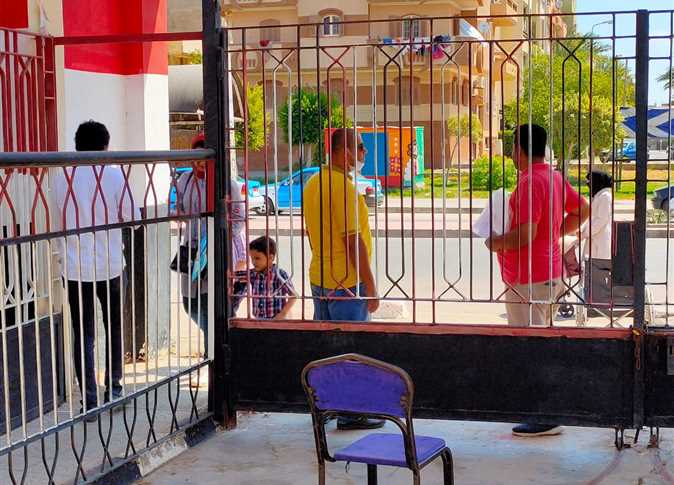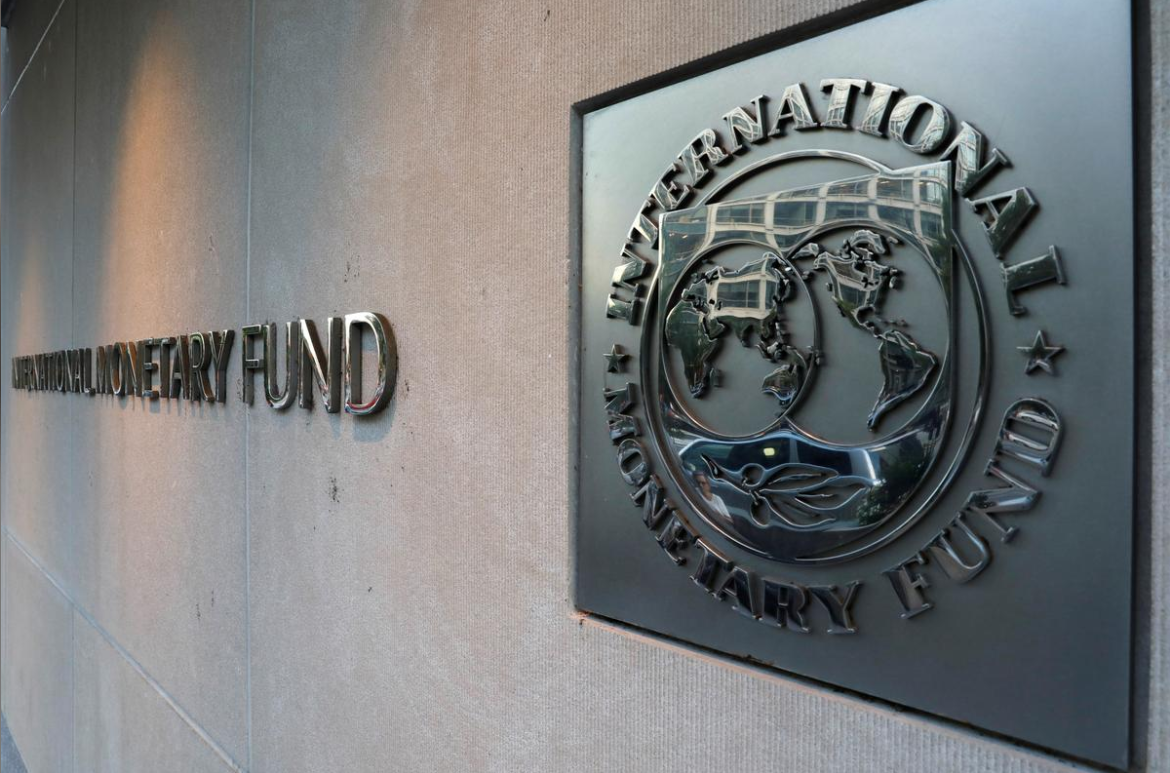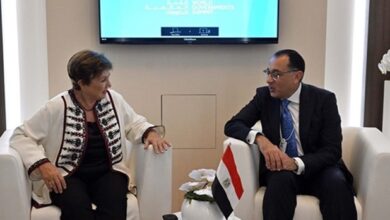
On July 23, the US Carnegie Endowment for International Peace published a joint article by Egyptian researcher Amr Hamzawy and the American Nathan Brown titled: “How Much Will the Pandemic Change Egyptian Governance and for How Long?”
The two researchers are not friends to Egypt, and the majority of their writings contain a lot of criticism of and antagonism toward the path Egypt has taken since the June 2013 Revolution.
In general, they followed the path of political groups, which adopted the “activism” reference, the democracy form and liberalism as the perspective to follow-up, review and negativity.
This new article includes a departure from these traditions, instead exploring what is happening in Egypt through the details of the Egyptian state’s response to the coronavirus crisis and other crises to rediscover what happened in Egypt’s economic, social and health sectors during the past few years.
The crux of their discovery is that what was believed to be a concentration of power in Egypt is, in fact, more complex than it appears. It shows the role played by the “technocrats” in dealing with the crisis, which was evident in the active role of the Cabinet and the committee formed to deal with the crisis, as well as the Health Ministry. All of this combined with the roles of institutions such as al-Azhar and the Ministry of International Cooperation, in full cooperation with The Armed Forces and the Interior Ministry in order to manage these complex situations professionally, transparently and quickly.
In short, the response to the crisis was based on expanding and deepening rapid civil treatment to difficult situations, and it appeared in the diversity of opinions presented and the active role of civil work and municipalities.
What happened is an acceleration and expansion of the participation of a “technocratic” nature, which is not new to Egypt, but rather had precedents in the period from 2005 to 2011.
The conclusion of the article wonders whether this positive development revealed by the treatment of the crisis is temporary or tactical, but in the end it goes back to the judgment that these changes are not up to the level of democracy and liberalism.
This judgment ignores a set of important matters in tracing the political history of the ruling regimes in the world during the past ten years.
When this reference was prevalent in the world ended, after the number of countries following the western regimes in governance had shrunk, they became a minority, while the majority belongs to states that are based on competence, achievement and the accelerated progress of society and the state.
This model of governance was in fact born at the end of the 1970s, when political centralization coincided with technocratic competencies and the armed forces or a strong party amid an overwhelming societal desire to get out of backwardness, poverty and overcome the traces of comprehensive wars.
This was the case in South Korea under General Park, Chile under Pinochet’s leadership, China from Xiaoping to the present, Singapore under Lee Kuan Yew, and Vietnam under the leadership of the Communist Party, which conveyed the Chinese experience to the fullest.
Eastern Europe in general went in the opposite direction, which rebelled against the model imposed on it following the collapse of the Soviet Union.
This came after it was proven through direct experience that the Western democratic model does not have the same effectiveness in the East. Rather, in most cases it leads to chaos, division and internal polarization, and may open the door to the division and demolition of the state itself, as happened with Ukraine.
In our region, there is ample evidence that the model, first of all, did not find anyone to imitate it in the ability to reconcile and achieve development. In general, it led to the collapse of the state, as happened in Syria, while the liberal group remained in Paris, and was imitated by other groups that went to the West from Yemen and Libya.
In the Iraqi and Tunisian experiments, despite experiences with elections and federalism, ethnic division in the first and the insistent presence of the Muslim Brotherhood in the second created a great state of turmoil, which makes the formation of governments a painstaking issue that does not end until it starts again, and in any case is unable to create development and economic progress.
The reference of Hamzawy and Brown’s article, then, is not universal, in a way that makes it a reference framework for measurement in the Egyptian case, and perhaps it is measured comparing to the American case. It would appear that the article’s reference will find a historical test in the United States itself, evident in the security chaos and political instability of the foundations of the political system by polarization and extremism.
Perhaps if this reference had not been the source of the evaluation, it would have been possible for researchers to see that the essence of the Egyptian path was in following the other global model, not of western origin, which moved a large number of developing countries into the ranks of developed countries.
And what is proven in this model is that the “technocratic” characteristic is the engine of the development and progress process in the state, which cannot function efficiently unless it is protected from reactionary and fascist forces, and in our Egyptian case from the Muslim Brotherhood and groups that do not know the limits of the liberal reference and its components in conditions of other countries and nations.
Since the June 30 Revolution, since the economic progress, social protection, and complex internal and external crises that have taken place in Egypt, it is the civil technocratic and security alliance that has taken over making this achievement — evident in the growth rates that Egypt has achieved and in the complex economic reform processes that contributed to the success of countering coronavirus crisis.
The Egyptian urban architecture that extended across Egypt from the Nile River to the seashore was built on the shoulders of Egyptian technocrats and workers, in planning, innovation, construction and production.
The true testimony of what happened and is happening in Egypt came from international institutions that made the judgment on Egypt not from a political or ideological sectarian reference, but from the angle of competence, achievement and other technocratic criteria.
The International Monetary Fund (IMF), the World Bank, and the World Health Organization have judged Egypt, whether it was in economic reform, urban expansion, or facing the coronavirus crisis, according to standards that are true for Egypt and of a technocratic nature.
When Egypt requested loans from the IMF, the fund did not find a problem in giving Egypt what it asked for within a few weeks, and the World Bank applied to finance other projects. This happened because Egypt went through a great test period for its credibility and ability to achieve, which appeared in the various reports that paralleled the stages of work.
Unfortunately, the overwhelming majority of Washington researchers do not see the reports of international institutions, except after they are sure of their negativity, and because they do not start from their own reference, whose credibility has been shaken during the past ten years.
Egypt still has a lot to do, and given the experiences of other countries from China to Vietnam, we still have a long way to go, and moreover sweat, tears and blood to give.
What President Sisi mentioned when he inaugurated the industrial zone in “Robbiki” regarding the necessity of doubling work, effort and perfection, is the reference for this model of the progress of nations.



